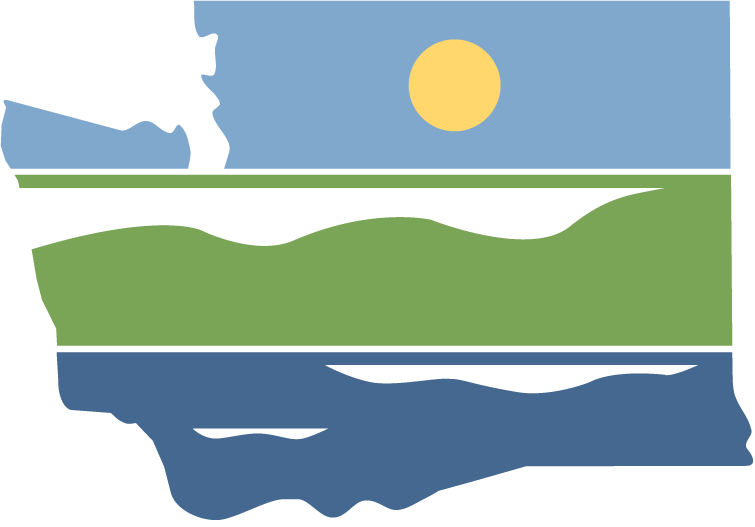Pataha Creek Working with Beavers and Flow Enhancement

Project Goals and Objectives
The project was a multi-year (2015-2018) and multi-agency (SRFB, DOE, WDFW Wind Power Fund) project with the goal of applying lessons learned in the Bridge Creek and Asotin Creek Intensively Monitored Watershed projects to Pataha Creek. The goal was to increase hydraulic and geomorphic diversity, reduce incision, improve the floodplain and riparian conditions, and ultimately promote beaver dam building in the project area. The current condition of lower Pataha Creek is a deeply incised channel (20-30 feet incision), simplified channel (lacking pools, wood, and side-channels), warm summer temperatures (consistently exceeding 20 degrees Celsius), and a floodplain dominated by reed canary grass (invasive species).
Structure Construction Elements
We built a series of beaver dam analogs (BDAs) and post-assisted log structures (PALS) along a 4 km stretch of lower Pataha Creek. We also planted `3,000 willow and cottonwood from nursery and wild harvesting in and around many of the structures to promote woody vegetation to shade out the reed canary grass and provide food and building material for beavers. BDAs were designed to connect to the inset floodplain in the incision trench at low flow, reconnect side-channels, improve habitat conditions to promote beaver dam building. PALS were used to increase habitat complexity, widen the incision trench, trap sediment, and disrupt the inset floodplain and provide growing sites for willow and cottonwood plantings.
Project Photos

Cover Photo



.png)
